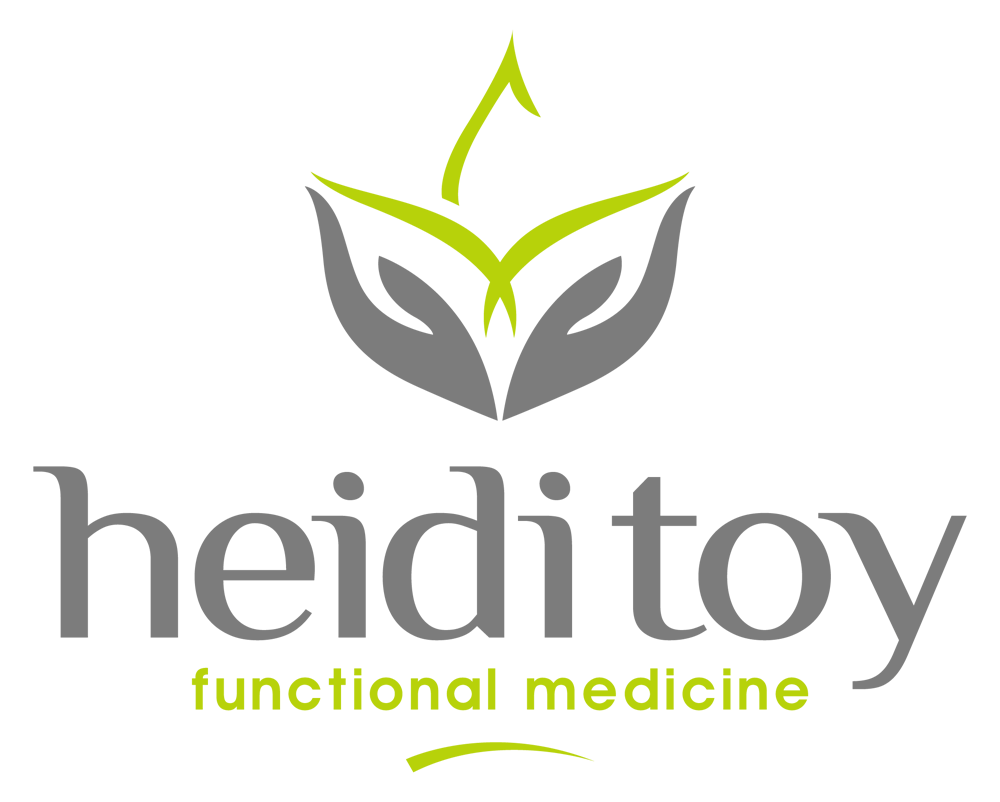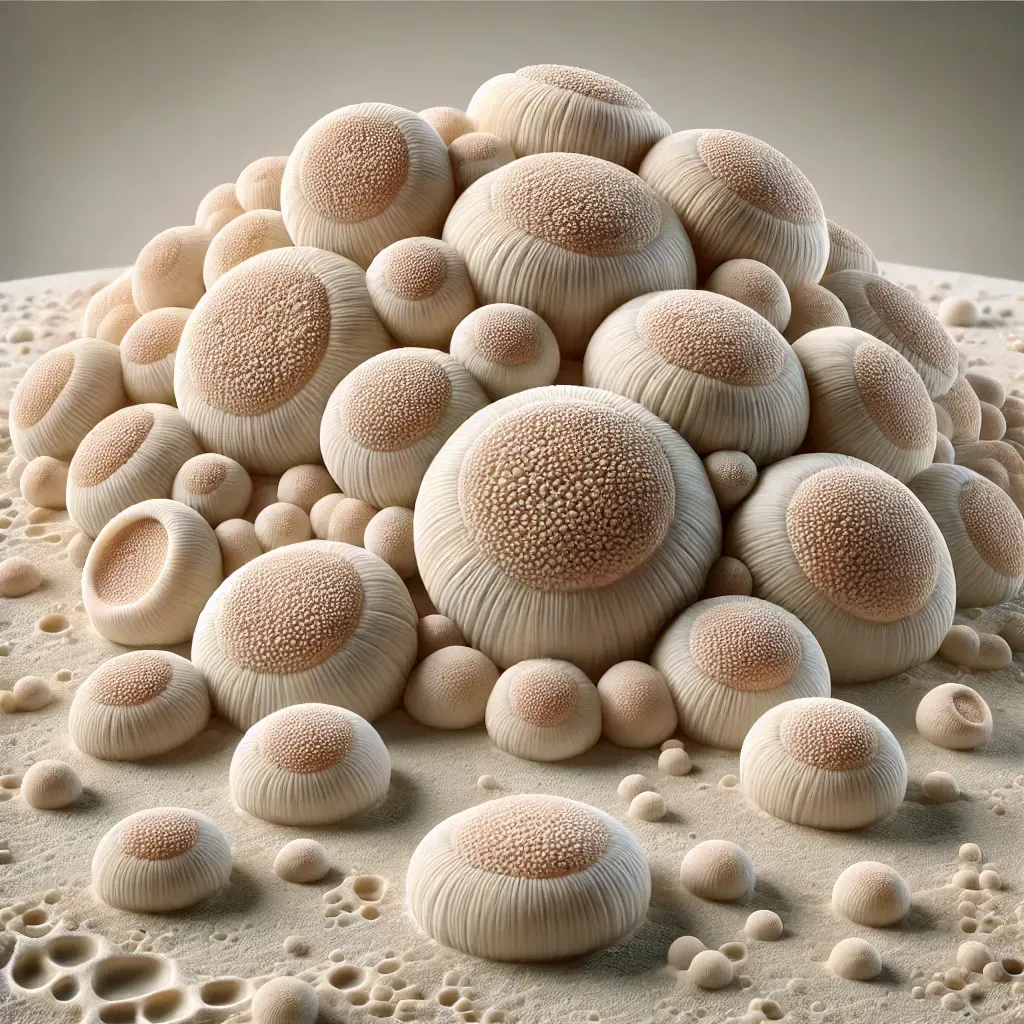A Healthy Heart Starts with A Healthy Gut
Do you have a heart disease or a family history of heart disease? Do you want to actually heal or avoid heart disease without having to take pharmaceutical grade drugs?
Then finding the real issue is the answer!
The real causes of heart disease are;
- poor nutrition
- environmental toxins
- lack of or poor sleep
- stress, physical inactivity
- vertebral subluxations
All of these contribute to what is called "leaky gut" or intestinal permeability.
Heart disease is not the lack of a pharmaceutical grade drug like a statin or high blood pressure medication, it is the health of your gut, and the answer is healing your gut.
The body produces a protein molecule called Zonulin. Zonulin opens up the spaces between the cells in the intestinal lining so that nutrients and other molecules can exit the intestines [5].
When leaky gut syndrome is present, these spaces open up too much allowing too large of food particles, protein molecules and bacterium to pass into the bloodstream. When this happens an immunologic reaction occurs and the body is now primed to react to these foods and bacteria every time they appear.
Two of the primary triggers that swing the zonulin door wide open are gluten and anaerobic gut bacteria. This happens to those people who have Celiac disease and to those who do not, in short everyone is affected and therefore everyone, even non celiac people are susceptible to leaky gut syndrome. Leaky gut means inflammation and inflammation is the root of all disease, including cardiac and vascular disease. So we now know that gluten can contribute to leaky gut and interestingly enough there are other foods and substances that also contribute to leaky gut syndrome which are; wheat, barley, rye and [1] alcohol [2].
Another contributor to leaky gut is that of decreased melatonin production [3]. However, this is not a melatonin problem, it is actually a sunshine problem. Forget the myth that the sun is bad. Sunshine is the giver of life and the creator of melatonin. When sunshine hits the retina of the eye, melatonin is produced. It is stored in the pineal gland in the brain and released at night when we are in total darkness. Get out in the sun and when it is time to go to sleep, sleep in a room that is completely dark, no lights, no cell phones, and no alarm clock (put it in a drawer).
Stress is another major contributor to leaky gut [4], and healing the adrenal glands is crucial to managing stress, healing the gut and ending diseases that are linked to poor gut health. Testing for adrenal fatigue is easy and healing the adrenals is effective in many chronic health issues including leaky gut, heart disease, autoimmune, female hormone health, chronic fatigue, weight issues and many more.
In my practice, one of the primary goals for all of my clients is gut integrity because without gut health, we do not have health!
There are several tests that can be used to test for leaky gut, one is simply looking at a person's blood chemistry according to functional medicine lab values (these are not the ranges printed on the lab chemistry result page).
Another is via an exceptional test called the Cyrex Array 2. Once we have the data needed to determine if the gut is permeable we heal it via proper diet, supplementation, and lifestyle modification. When this happens, we may see heart conditions subside and the need for drugs go away.
What you can start doing today is to avoid all processed foods including gluten/wheat products.
Adopt a healthy diet by eating green vegetables at every meal, quality proteins from pastured animals, consume healthy fats and stay hydrated via a pure water source.
Move more. Find ways to destress and receive regular chiropractic adjustments.
Let me help you heal your gut and support your heart health. Schedule a Free
Health Discovery Session so we can talk more about your health concerns and goals today.
Want Help Fixing your gut, but you are not sure where to start or ready to committ to private functional medicine? Stay tuned because I have something BIG Coming in a few days as part of my Black Friday Special.
If you are already subscribed to my mail list, WATCH your emails for the Mother of All Sales. If not Get on the
Waitlist Here.
Don't Miss Out!

Heidi Toy Functional Medicine Blog






















































































